Latin Names
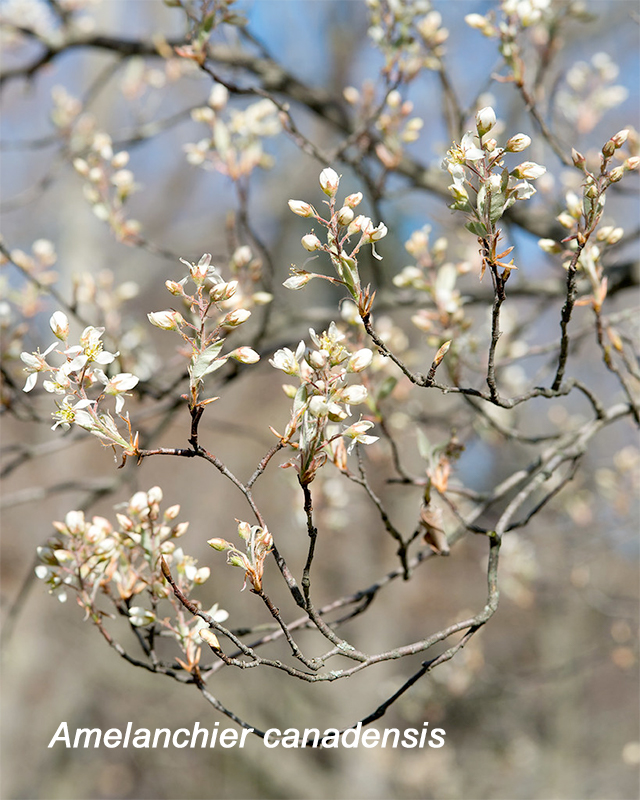
1. The point.
Horticulturists refer to plants by their Latin names for reasons far beyond being snobbish (though the occasional plant person can be a bit of a snob). The Latin name can carry plenty of information about a plant (more about that in a moment) and it doesn’t vary from one locale to another. For example, what’s referred to as a serviceberry in Ontario is always called a Saskatoon on the Prairies, but it is Amelanchier canadensis no matter where you are. At least, as long as you’re some kind of horticulturist.

2. Binomial system.
“Binomial” means two-name, and the two names are the genus, which refers to the general kind of plant, like Rosa for rose and is capitalized, and the specific epithet (or species name), which is the particular type of plant, written all lower-case. The great thing about the specific epithet is that it is an adjective: it describes the plant, so sometimes you can get a good idea what a plant looks like just from hearing its Latin name. For example, Rosa grandiflora is a large-flowered rose. Sometimes, though, the specific epithet gives information about where a species is from or who discovered it; you can’t tell from the name Rosa chinensis what the size or colour of a Chinese rose is. Neither does the title Viburnum davidii tell you much about the form of that flowering shrub named in honour of French Jesuit and plant egghead Armand David.
3. Genus and species pluralized.
Just to be a pain, the plural of genus is genera, while the plural of species is species. No wonder the Roman Empire fell.
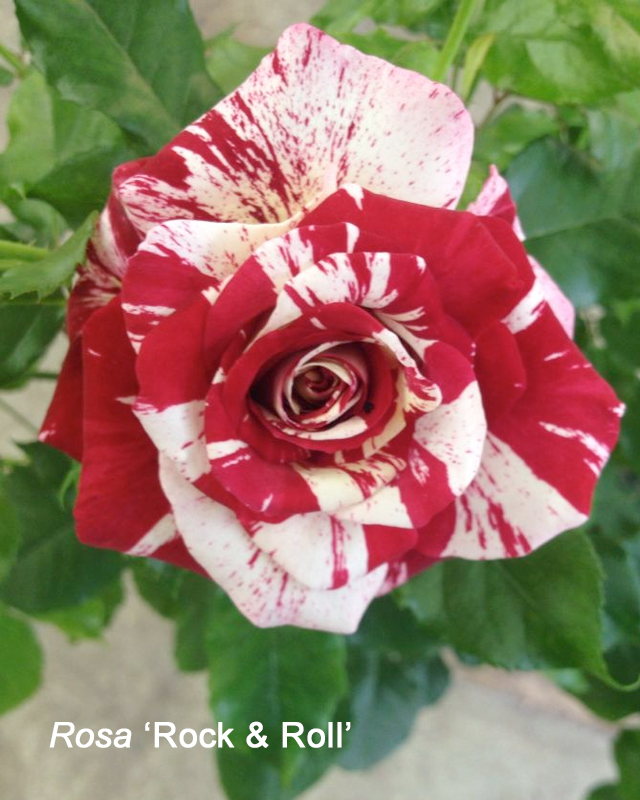
4. Cultivar.
When you see a capitalized name, unitalicised, in single quotes after the binomial name, that is the cultivar name. Cultivar is short for cultivated variety. When a hybridizer develops a great new variety, he or she gives it a name. Since that would be too easy, sometimes a grower, to market the plant, will give it a trademark name or name it as part of a series.
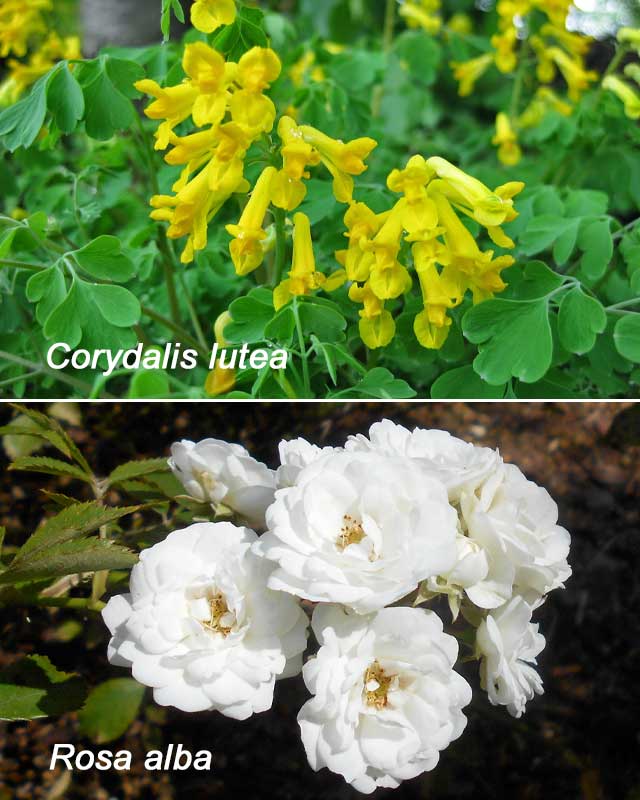
5. Colour.
Some specific epithets for colours are: alba for white, lutea for yellow, caerulea for blue, purpurea for purple, rosea for pink and rubrum for red. When the species name is a colour, the plant is that colour. Usually. Sometimes new cultivars muddle things up; for example, Echinacea purpurea ‘White Swan’ is a white coneflower.
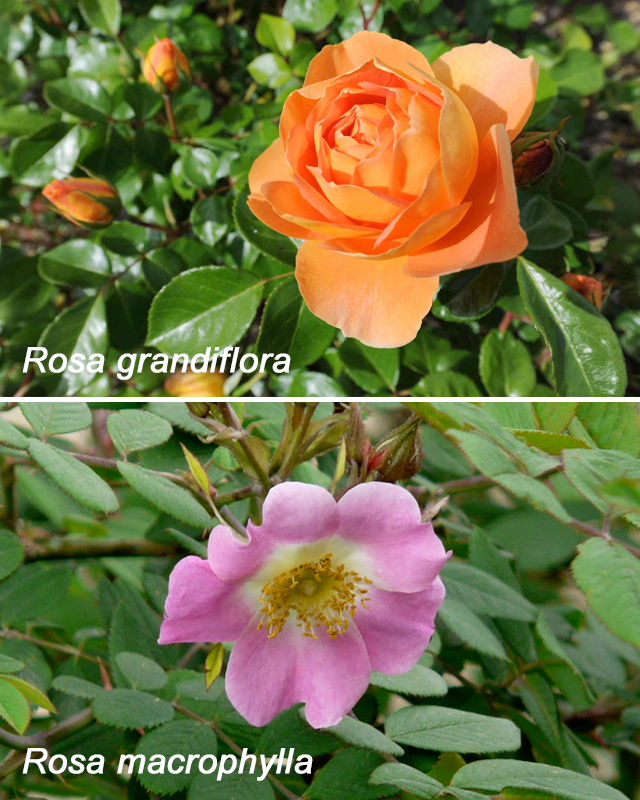
6. Size.
Nana means dwarf, grandiflora means the plant has big flowers and macrophylla refers to big leaves.
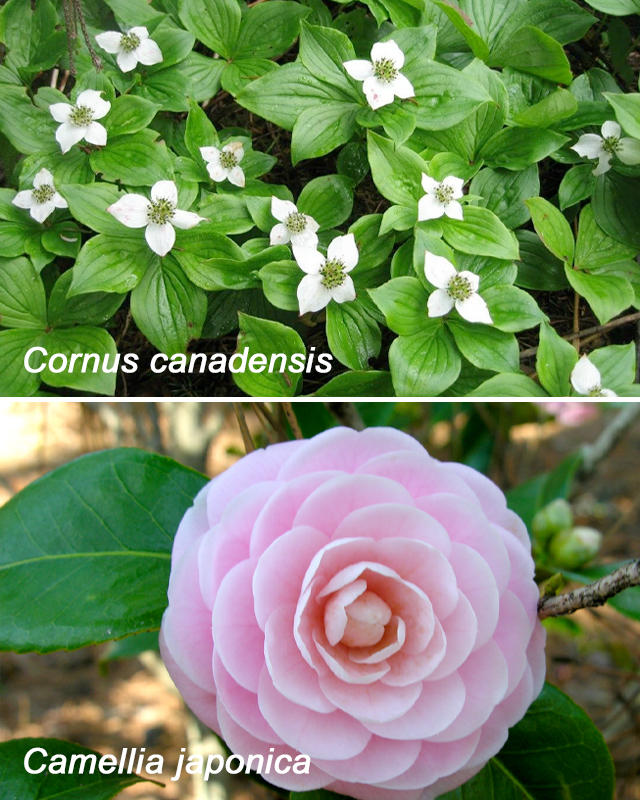
7. Place.
Canadensis means native to Canada and sinensis means from China. Other places of origin are generally easy to spot: japonica means from Japan, for example. Occidentalis means from the western hemisphere while orientalis means from the eastern. Something montana or alpina is from the mountains, sylvestris is from the forest, and martima is from near the sea.
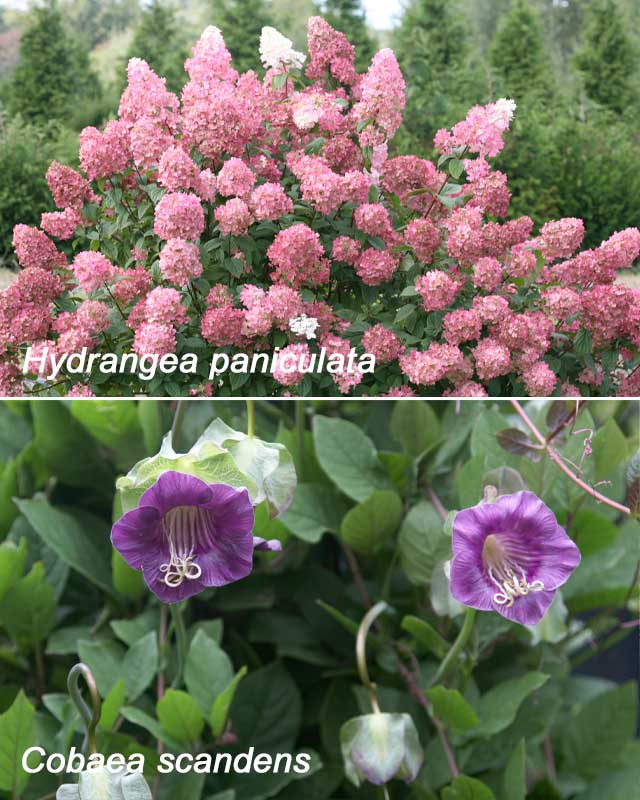
8. Growth habit.
Some of growth habits you see featured in specific epithets are: paniculata (blooming in panicles), stricta (upright), reptans (creeping) and scadens (climbing).
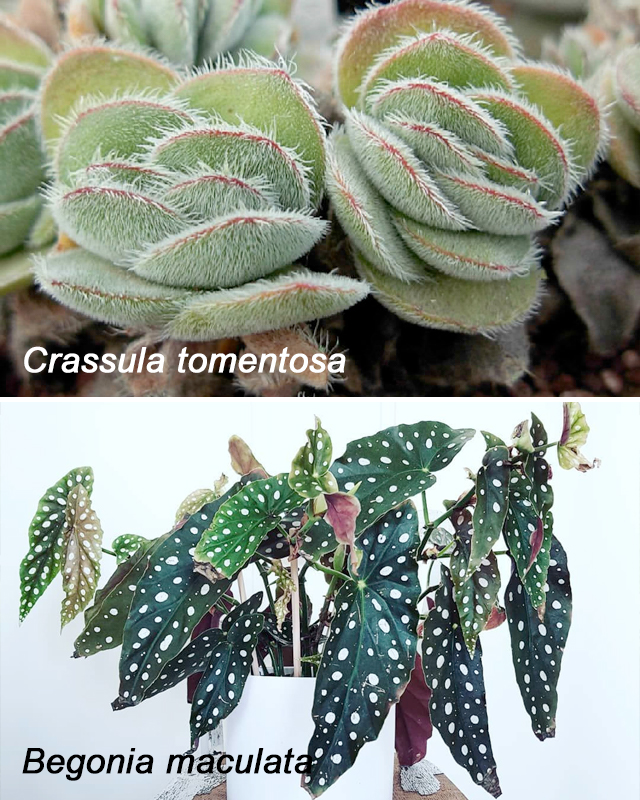
9. Other attributes.
Maculata (spotted), odorata (scented), tomentosa (woolly) and rugosa (ridged, usually in reference to the leaves). Something officinalis, though it sounds like it has been sanctioned by someone for something, is simply a plant used as a herb, whether culinary or medicinal.
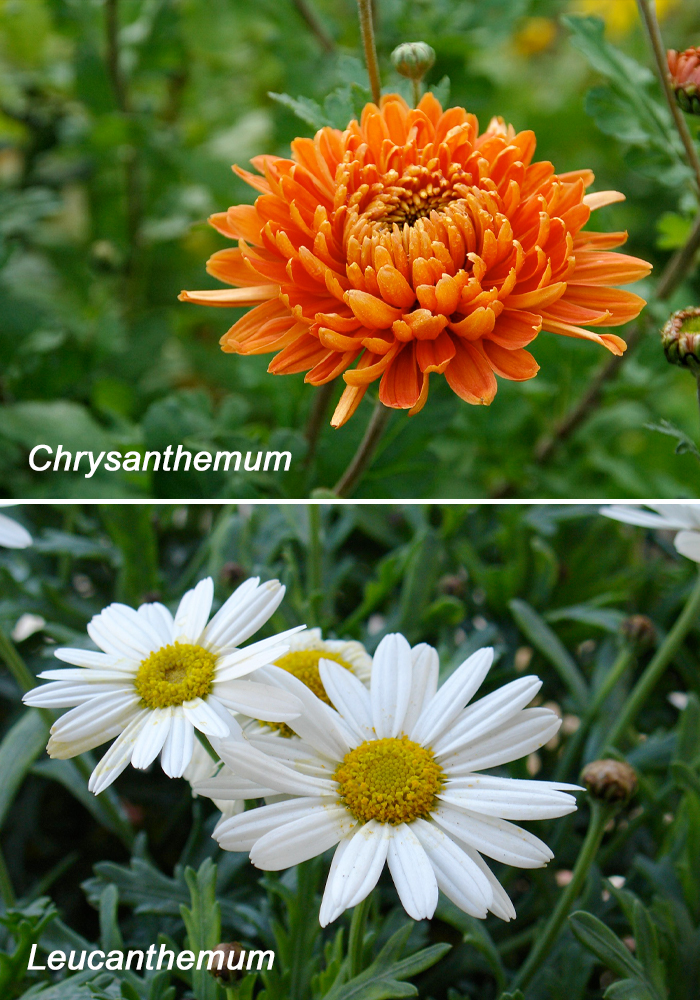
10. The last word?
Latin botanical names may transcend languages, national borders and ethnic cultures, but they do not transcend time. With so many botanists and horticulturists and geneticists beavering away, sometimes a whole genus gets renamed or divided. One of the biggest upheavals of recent memory is the once-huge genus Chrysanthemum. It is now a much more limited genus, losing several plants to the genera Leucanthemum, Agyeranthemum, Leucanthemopsis and Tanacetum. So, while it’s good to feel comfortable with plant nomenclature, be sure you don’t get too stuck on it.
– Dorothy Dobbie Copyright©
Pegasus Publications Inc.




